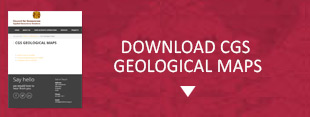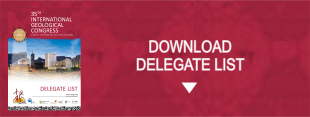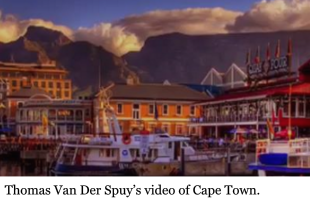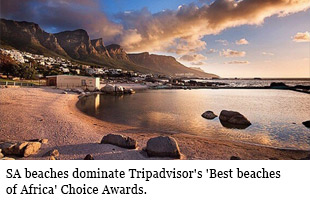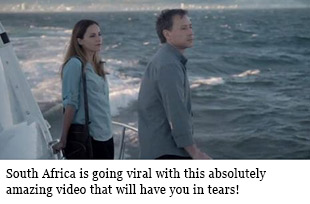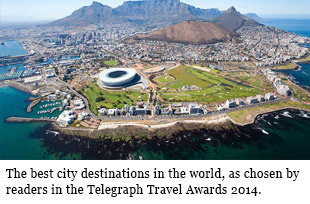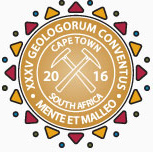
35TH INTERNATIONAL GEOLOGICAL CONGRESS
27 AUGUST - 4 SEPTEMBER 2016 | CAPE TOWN, SOUTH AFRICA
Sponsors
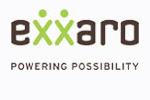


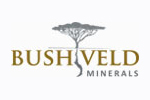

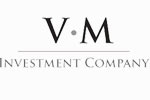
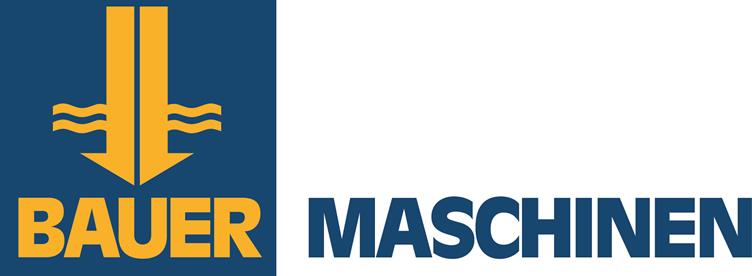








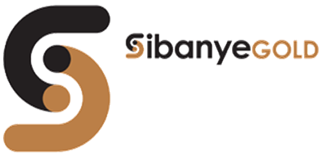
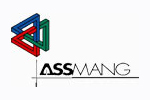
35 IGC SAGPGF




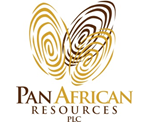
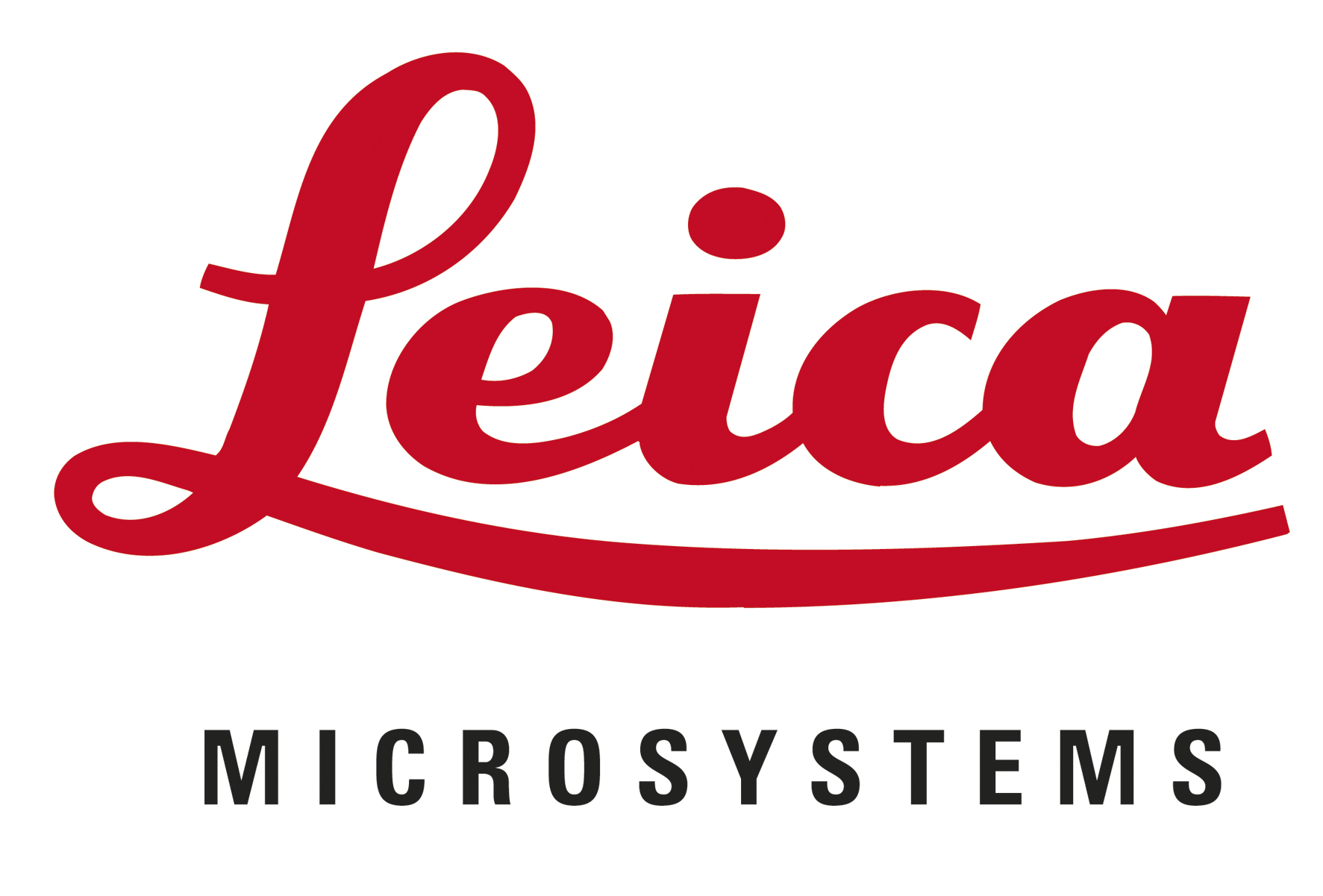
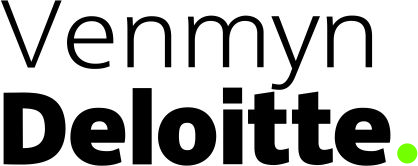
35TH INTERNATIONAL GEOLOGICAL CONGRESS
27 AUGUST - 4 SEPTEMBER 2016 | CAPE TOWN, SOUTH AFRICA
My IGC
Symposium Details
| Title | Description | Convenors |
|---|---|---|
| Witwatersrand Goldfields |
More than a third of the total global gold production to date has been derived from South Africa’s Witwatersrand Basin – the world’s greatest depository of the precious metal. Since its discovery 130 years ago, gold in sedimentary rocks of the Witwatersrand Supergroup continues to be mined, albeit at a reduced rate, from auriferous palaeoplacer deposits (“reefs”) in the various goldfields fringing the mineralised margins of the basin. The Witwatersrand Basin is host to the world’s deepest and largest underground mines. As the depths of mining increase in tandem with declining ore grades and greater ore body complexities, South African gold mining companies face mounting economic and geo-technical challenges in their efforts to continue producing from the vast, remaining, mineral resources in the basin. The Witwatersrand Goldfields symposium to be held under the Mining Geology and Earth Resource Engineering theme at the 35IGC will address the history of discovery and subsequent mining within the basin, including providing an overview of the geological structure, stratigraphy, sedimentology and mineralogy of individual goldfields and/or mines. Also under discussion will be the role which sedimentary facies analyses and reconstructions of gold distribution patterns in selected reefs has played in guiding strategic mine planning, mineral resource evaluation and mineral exploration within the mines and their environs. Deep-level mining is conducted under hazardous ambient rock temperature and pressure conditions. These require the application of specialised earth resource engineering technologies in designing appropriate mining layouts and in identifying loci of pressure build-ups within the underground working areas. Rock mechanics and seismology are important adjuncts to structural geological modelling for routine operational planning on deep-level mines. More than a century of mining gold and uranium from the Witwatersrand goldfields has created associated environmental hazards such as acid mine drainage and low-level radioactive waste materials. While science is addressing resolutions to these legacies of the past, mineral exploration continues within the basin, with the objective of discovering new ore deposits which could contribute to resurrecting higher levels of gold production in the future. The Witwatersrand Goldfields symposium is a forum for geologists who have had or are currently involved in mining and exploration activities in the Witwatersrand Basin to present their respective case studies. The objective is to focus fellow earth scientists’ attention on this great geological phenomenon and the contribution which mining within it has made to both the scientific understanding of mineralised palaeo-placers in Proterozoic, sedimentary basins and to the challenges of sustaining economic gold production from it. Topics of presentations by prospective abstract submitters should cover pertinent mining geological features of the principal economic “reefs” in the different goldfields and of mining/exploration projects currently under way. |
Willo Stear |
 Field trips
Field trips  Sponsorship & expo
Sponsorship & expo  Registration
Registration Tours
Tours  Promotion
Promotion 

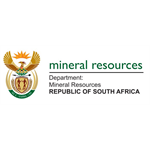












 Conference Programme
Conference Programme  Field trips
Field trips  Sponsorship & expo
Sponsorship & expo  Volunteer
Volunteer  GeoHost
GeoHost  Registration
Registration Tours
Tours  Promotion
Promotion  Publications
Publications


